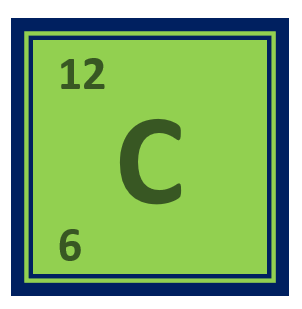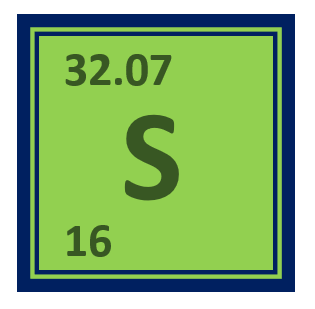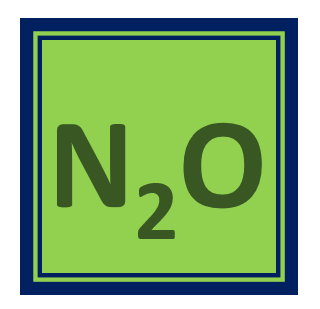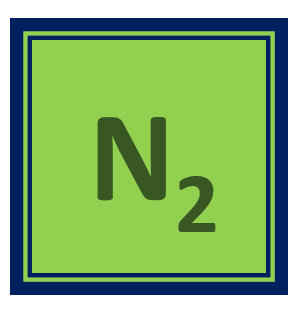Atmospheric optical phenomena explained
Afterglow: A faint glow that appears in the sky after the sun has set. It is caused by the scattering of sunlight in the upper atmosphere. Airglow: A faint glow that appears in the night sky caused by chemical reactions in the upper atmosphere. Alexander’s band: A dark region that appears between the two bows […]
Read More









